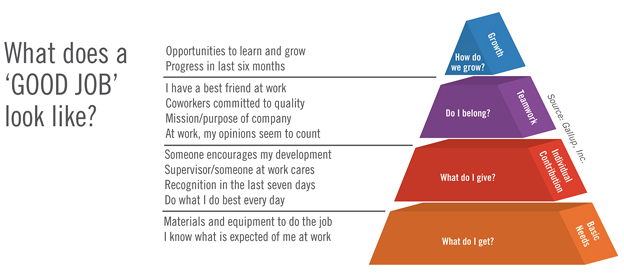May 15, 2024
Why Schools Are In The ‘Knowledge Work’ Business and Why It Matters for Their Survival
Background:
Parents send their children to independent schools looking for specific outcomes, many of which relate to the future readiness of their kids. Future readiness has many parts, one of which is a student’s ability to get a “good job” or have job options as a result of their time in independent school.
What qualifies as a good job? For most families it is a job that at least pays the bills, and ideally also contains purpose, growth and a sane work schedule. Peter Drucker dubbed this work as ‘knowledge work’ nearly two generations ago and the term has stuck.

Drucker et. al. foresaw a wholesale transition happening in the world of work that would disrupt business as usual in education. As industrial work was mechanized and digitized, a premium on educational outcomes built around knowledge work began to grow. Education has been slow to respond due to poor incentives, parents too busy to ask for something different, and just plain inertia.
Current Condition:
Knowing that parents’ expectations are changing, and that the world of work is changing, schools need to respond to maintain the long-term value of their diploma. At the same time schools’ budgets are under pressure almost everywhere, unavoidable costs are climbing faster than most families’ incomes, the race to fundraise is expected to cover more underlying financial stress, and school staff are stretched thin.
Most school leaders are by now aware of the specific ways knowledge work is different from industrial work—especially how knowledge work requires critical thinking on novel topics and the resulting collaboration required. They know that developing the muscle for “knowing what to do when you don’t know what to do” won’t get built around content cramming, top down instructional design or business as usual.
Beyond the benefits of offering environments designed for knowledge work skill acquisition for students, school leaders also realize how they might benefit from adopting best and better practices of knowledge work approaches to their operations. The gains have been described in what is now a deep and wide ranging literature.
And so, with change remaining slow, spotty and often haphazard, there is a growing design gap schools must face, to remain desirable to tuition payers, for the foreseeable future. How can school leaders mind the gap?
To start building your school’s footing on the other side of the industrial work —> knowledge work gap, begin deliberate change making built around a simple premise: operating as if Knowledge Work was in fact the base nature of the school’s work instead of the traditional/ industrial model. This will be unpopular for some in your school because it will cause some discomfort about the unknown. Finding the patience to listen to concerns is important. Finding the courage to invite and lead change is what the thriving, sustainable schools of the future will do.
Forward facing leaders in schools have many good options to begin their transformation work.
- They can begin to educate themselves, their administrators, faculty and staff about how to implement a knowledge work transformation. They can find examples of programs and consortia of pioneers who have and are jumping the gap successfully.
- They can learn to think as a Product Owner for all administration level functions to leverage teamwork and employee engagement.
- They can evolve and formalize their problem solving approach to work differently on their organizational challenges and opportunities.
- They can show parents how their innovation initiatives are supporting student future-proofness. (Agile is a Pathway to Being Future-Ready Educators | Jessica Cavallaro)
The right first step for leaders will depend on their operating context, budget constraints, and parent body. An always safe bet begins by collecting information and educating a small set of stakeholders to see their reaction. As former NAIS President Pat Bassett said when describing who to start creating change with, “Bet on the fast horses.” See who perks up when you introduce the idea that “what got us here [industrial learning design], won’t help us hop the gap.” Those who respond are those who will help mind the gap.
You may also be interested in reading more articles written by Simon Holzapfel for Intrepid Ed News.

